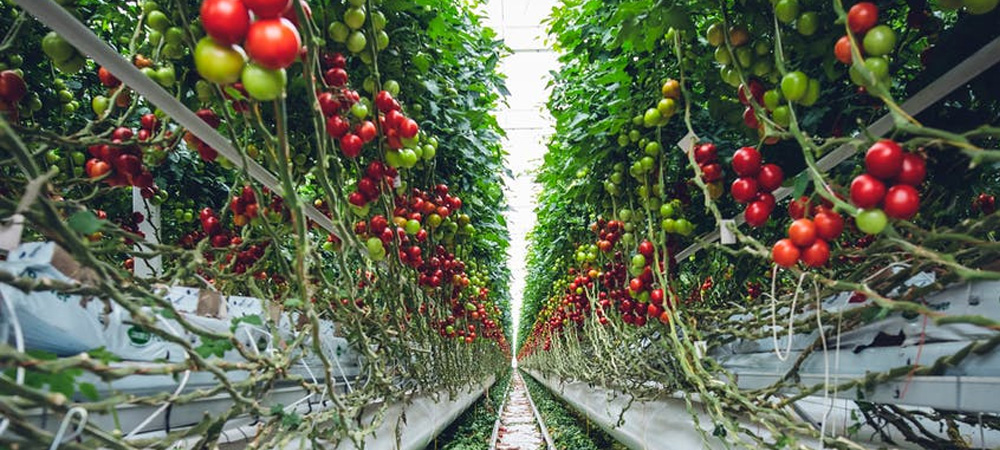Tomato Grow Bags or Tomato Pots - Greenhouse Growing Guide

Tomatoes are, as experts know, hungry plants. One of the best ways to ensure that they get the nourishment they need is to grow them in a greenhouse, and in grow bags with fresh compost every year. The soil left over from a season’s growing can be used to help condition the rest of your garden or plot.
There are some disadvantages to this though. For one thing, there is a limited volume in the bag, so even new compost might need some nutritional building-up over the growing season. You’ll need to be on top of watering too, as grow bags can dry out much faster than most soil in plots or even raised beds. Drying out even for a matter of hours can cause blossom end rot or split skins on the fruit.
Liquid feeds are a great solution to these potential problems, and can be either commercially made or made at home. It is important to ensure, especially with home-made versions, that they are correctly-formulated, to avoid common problems like a magnesium deficiency. Water absorbent crystals are also helpful.
What size pot is best for tomatoes?
As with most gardening space issues, it seems, the larger the better. Look for a minimum of 10” (20cm) and a volume of about 10l. Better yet is to upgrade to a 12” (30cm) pot with a 25l volume, as this will make water retention easier and reduce risk of your plants drying out. Better yet are larger planters, 12” (30cm) or even larger. These are even better at retaining water in the soil and will also hold more nutrients. As your containers get larger, you may be able to put more than one plant in them. For example, a 100l container could easily support up to three tomato plants.
Grow Bags vs Pots
Many grow-bags have inferior compost in them, so this is something to watch for. Pots have the advantage that you are better able to control what goes into them to nourish your plants.
How best to use grow bags for tomatoes?
Grow bags, used correctly, are very easy and convenient. The major drawback, however, is that watering can be messy and difficult. This is a big issue when you consider that smaller growbags may need watering three or more times a day in summer weather!
One way to solve this is to insert watering pots into the soil before (or at the point of) planting. This will make it easy to water them, and to see when they need it.
Increasing the volume of the bags is one way to decrease this danger. Try one of these methods (or a combination of both of them):
- Cut the bottom off of an 8” or 9” pot, cut a hole in the growbag that fits the bottom of the pot, and press the pot down an inch or two into the growbag soil. Then plant into the pot as normal. This increases the compost by the volume of the pot, and yet lets the plant go below the level of the pot to take advantage of the addition growbag volume.
- Stack two growbags, one on top of the other. This can be a bit tricky at first, as you’ll have to cut the top from the lower back, and then the bottom from the upper bag. Once done, however, you’ll be able to plant into the top bag as normal, but benefit from twice the volume and nutrients.
We have a great range of greenhouses available at Swgreenhouses.co.uk, which will be ideal for growing this year's tomato crop. If you would like a small greenhouse then click here, or if you want a large greenhouse click here.
 Author:
Author: